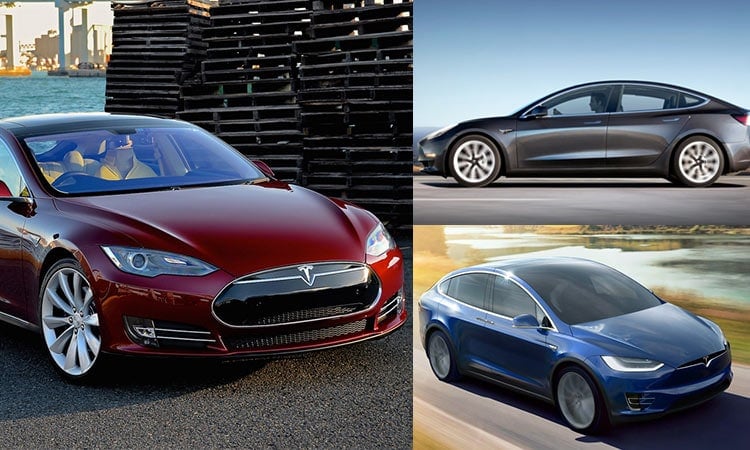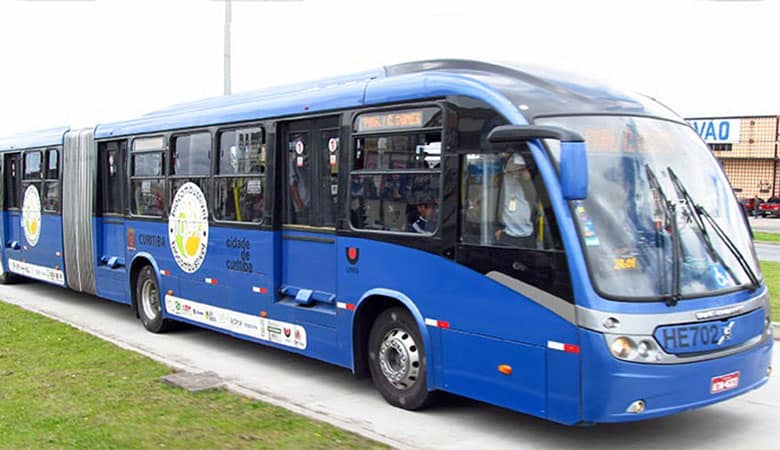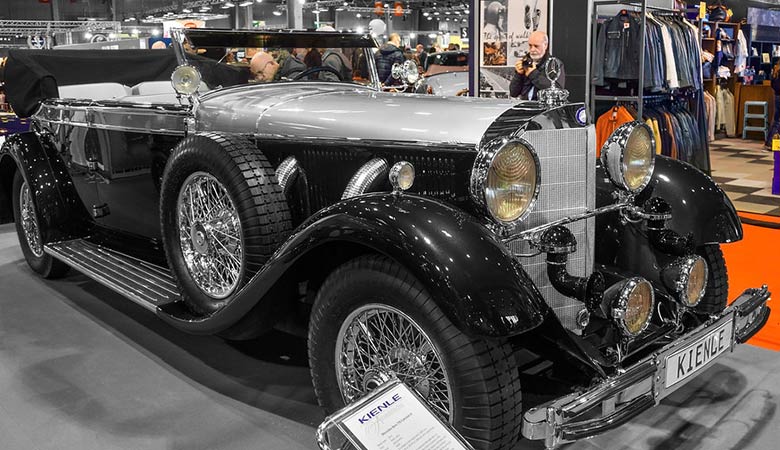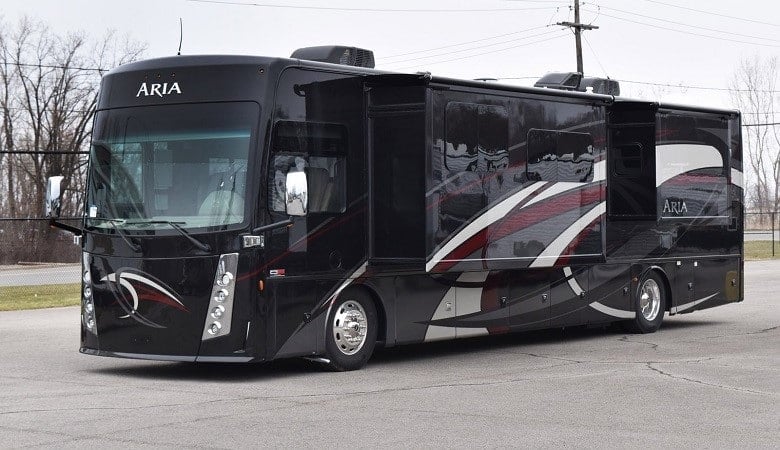Keeping the atmosphere carbon-free has made electric cars the order of today. Different companies are coming up with great electric car designs daily. Tesla leads in this regard as the most prominent manufacturer of electric cars, with about 5 models doing so well.
Electric Motors play a key role in propelling Tesla cars, and they differ in the different models. Electric motors are devices that turn electricity into motion. Electric power can be compared to fuel flow from a tank to an engine. Since Teslas require no fuel to function, the electric motor covers this area.
The electric motor can perform this function through its components. Knowing how these components affect the weight of the electric motor across the various Tesla models would be interesting! Keep reading for more information.
Tesla Models and Their Electric Motor Weights
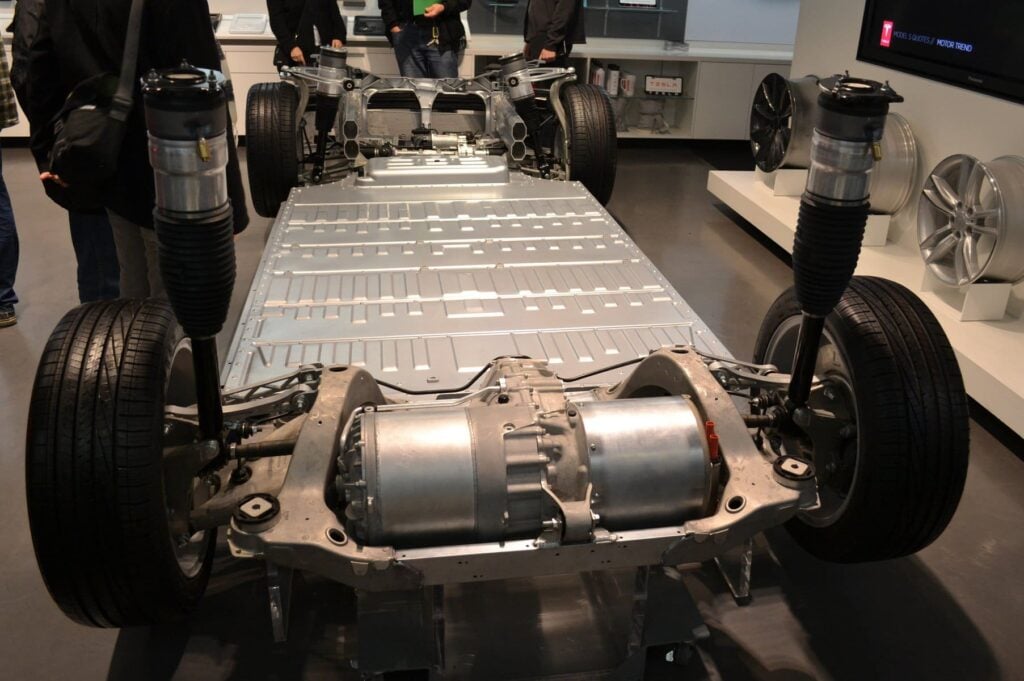
There are already 5 models of Tesla used by people worldwide, with more in development waiting to be pushed out. All these models do not have the same electric motor. How much do all the different tesla motors weigh:
- 75/75D = 198 lbs.
- 85/85D = 177 lbs.
- 85/P85 = ~90 lbs.
- 85D/P85D = 112 lbs.
- 100D/P100D = 110 lbs.
While there are many areas of similarities, these models differ in weight and horsepower they generate. Let’s examine these in the list below:
Tesla Model X
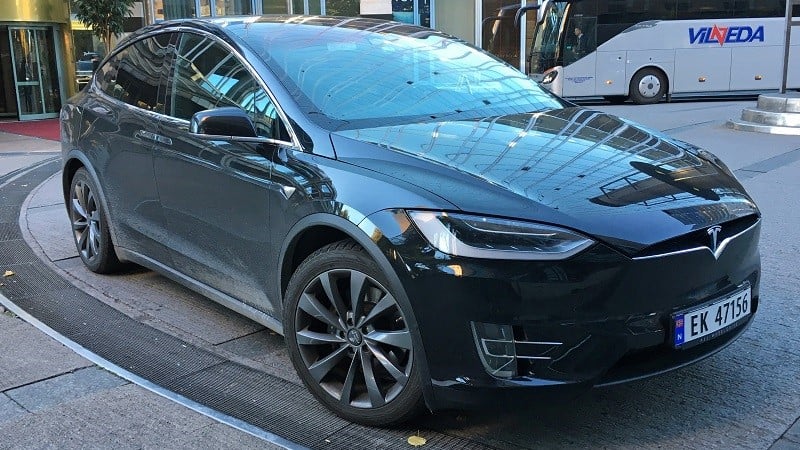
The Tesla Model X exemplifies the EV automakers’ brand ethos. It delivers a unique-but-expensive option in the expanding EV-crossover sector, being quick, high-tech, and boasting a flamboyant gimmick in its Falcon-wing rear doors.
The Model X comes standard with two electric motors producing 670 horsepower and all-wheel drive; a three-motor variant dubbed Plaid produces 1020 horsepower and is reported to accelerate from zero to 60 mph in 2.5 seconds.
In the Model X, Tesla utilizes alternating current (AC) induction motors, but in the Model 3, it uses permanent magnet direct current (DC) motors. Both motors have advantages, although induction motors are often less efficient at full load than permanent-magnet motors. These motors are composed of very efficient copper and weigh 51kg each.
Tesla automobiles have different electric motors depending on the year they were built. As a result, you can check the official Tesla page for the exact weight of the motors in your Tesla and other exciting details about how they work.
Tesla Model S
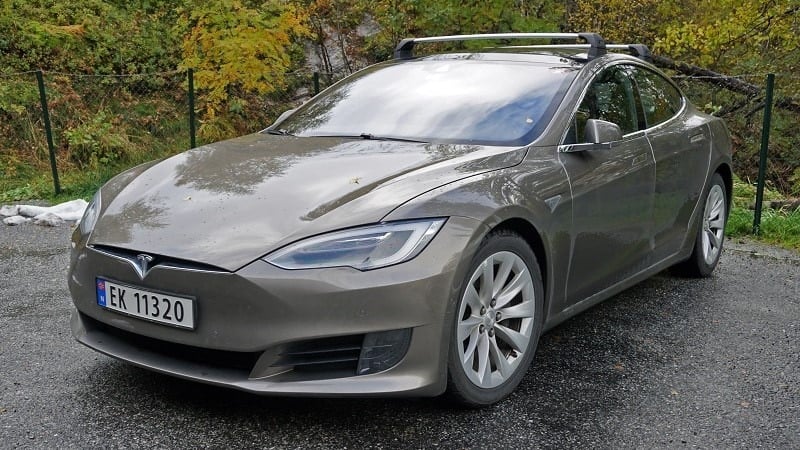
The Tesla Model S for 2020 is powered by two front/rear motor engines with a combined output of 825 horsepower (or 825 pounds per square foot (lbs)) and has a top speed of up to 130 miles per hour (mph). There are 10 kW alternating current direct induction motors with a three-phase alternating current rating in or 1300 N-m and a 1:30,000 direct gear ratio gearbox.
A single rear-wheel-drive single-driver motor will deliver around 360-430 horsepower, according to the Model S model number (60, 85, or P85). Tesla’s high-performance copper rotor motor generates 300 horsepower while weighing only 100 pounds, making it the world’s lightest electric vehicle electric motor (45.4 kg).
For years, Tesla used alternating current induction electric motors in the Model S, but when the Model 3 debuted in 2017, the company switched to permanent magnet electric motors. For years, Tesla used alternating current induction electric motors in the Model S, but when the Model 3 debuted in 2017, the company switched to permanent magnet electric motors.
Because Teslas are improved yearly, you may want to double-check the actual weight of the electric motor in your specific model. Visiting the Tesla website and examining the specifications of the Model S you have is all you need to do.
Tesla Model 3
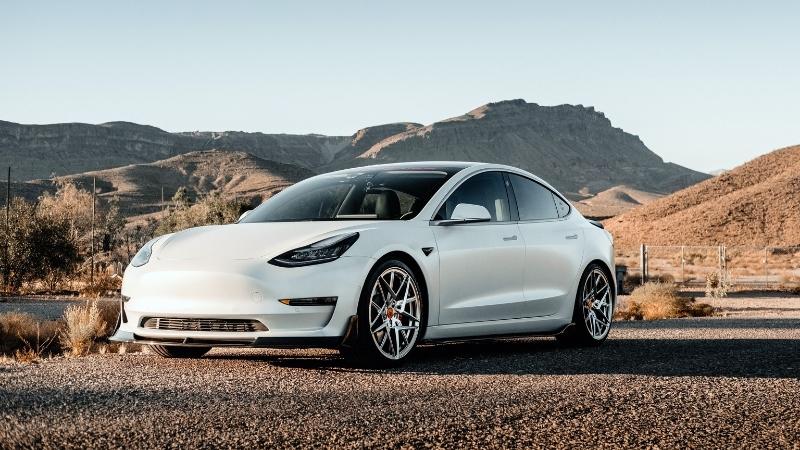
Initially, Tesla used induction (or asynchronous) electric motors (by the way, invented by Nikola Tesla). The Model 3 utilized the IPM-SynRM motor (Internal Permanent Magnet – Synchronous Reluctance Motor), sometimes known as the PMa-SynRM Permanent Magnet Assisted Synchronous Reluctance Motor.
It is a type that combines an Internal Permanent Magnet motor with a Synchronous Reluctance Motor rotor to generate a more desirable feature in an electric vehicle: excellent efficiency at low and high speeds.
The capacity to operate at varying speeds distinguishes interior permanent magnet (IPM) synchronous motors from other types of ac machines. They are durable, high-density machines that can operate at high motor and inverter efficiency at various speeds, including long periods of constant-power operation.
The IPM system’s reduced magnet weight requirements lower magnet costs. The saliency of the rotor magnetic circuit selectively enhances the quadrature-axis inductance and introduces a reluctance torque factor into the IPM motor’s torque equation. This build accounts for a weight of 45kg.
Tesla isn’t the first company to exploit this technology, but their implementation is often recognized as the best (simply because of the high efficiency and range of Tesla cars). Tesla’s segmented magnets are a one-of-a-kind creation (four parts instead of the more typical single solid magnet).
According to Learn Engineering, it helps to prevent eddy currents and the risk of magnets overheating. The Tesla Model 3’s accurate electric motor weight may be seen on Tesla’s official website.
Tesla Model Y
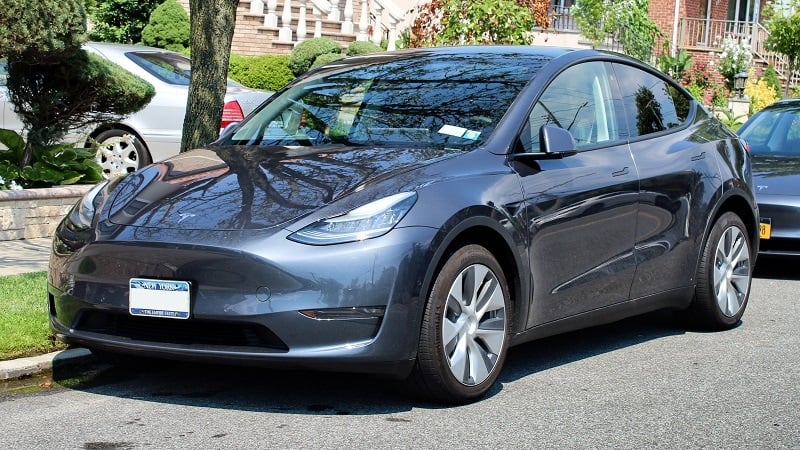
The Model Y comes in two forms: Long Range and Performance, with the former reaching 0-60 mph in 4.8 seconds and the latter in under 3.5 seconds. The top speeds are 135 mph and 155 mph, respectively.
The front and back electric motors are separate. The front electric motor is an induction motor. In contrast, the rear electric motor is an IPM-SynRM (Internal Permanent Magnet Synchronous Reluctance Motor) (with copper core or aluminum core seen in one of the Model Y – probably in the entry-level version only).
The objective of having two distinct types of motors is to increase efficiency. The permanent magnet motor is highly efficient and constantly operates (its rare idle losses are acceptable). On the other hand, the front induction motor provides extra power or regen when needed and spins freely when idle. That’s a terrific combination.
On the rotor, permanent magnets made of neodymium-boron-iron, samarium-cobalt, or ferrite can provide the magnetic field for synchronous machines. On the other hand, induction motors are constructed of silicon steel that has been coated with copper. These electric motors weigh 50kg as a result of all of this.
Electric motors may be improved or replaced as a result. The Tesla Model Y receives more upgrades and updates throughout time. If you want to know how much the electric motor weighs, go to the Tesla Model Y specifications page on the company’s website.
Tesla Roadster
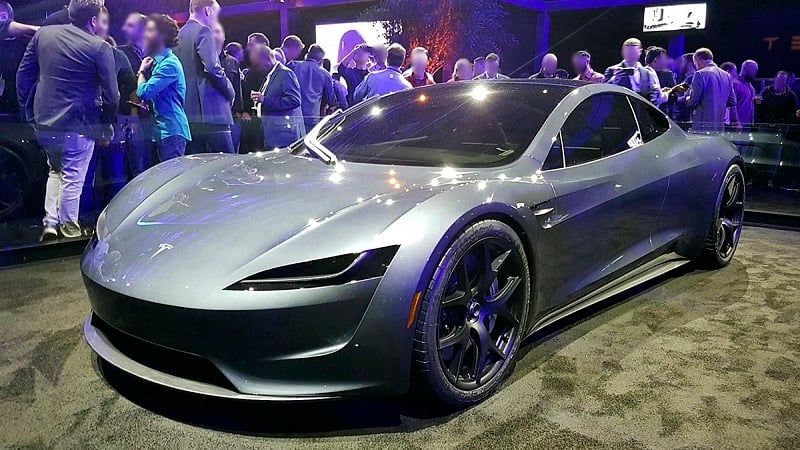
The Tesla Roadster’s electric motor generates an electromagnetic field using stacks of patterned metal plates and wrapped wires, also known as a 3-phase alternating current induction motor. This small but mighty motor weighs just over 100 pounds.
A whopping 375 volts delivers 900 Amps of current into the AC motor, generating high magnetic fields. The motor can spin at peak speeds of up to 14,000 revolutions per minute.
Engineers at Tesla Motors chose an alternating-current induction motor over a traditional DC brushless motor because AC induction motors are exceptionally reliable, simple, and efficient.
This electric motor replaces an internal combustion engine, removing the need for a single drop of fuel to be used. The motor transforms electrical power to mechanical power while also acting as a generator, converting mechanical power to electrical power.
The weight of the roadster’s electric motor is controlled by the copper winding coils used in its manufacture. Because the models are upgraded every year, the weight and kind of electric motor can be changed. Tesla gives precise statistics on its website, where you may check the roadster’s exact weight.
How does the Weight of Tesla Electric Motors compare to Other Manufacturers?
Electric motors (the ones that drive the car and charge its batteries) are far lighter than traditional engines and vehicles. In this case, the motor is about 70 lbs (32 kg) to 110 lbs (50kg) heavy. It’s impossible to compare it to a gasoline or diesel engine.
Motors with optimum laminated copper slicing and magnets are used to achieve this. Tesla has the best performance and lightest motors in the electric car manufacturing ecosystem. Hence, other rival manufacturers of Electric cars still have a lot to catch up on.
Weight of the Electric Motors in the Coming Tesla Models
Tesla is working on adding to its 5 subsisting models to make 7 models. Lots of improvements have been made. They will include the electric motors too. Keep reading to see if they weigh differently.
Tesla Cybertruck
Tesla made the cybertruck the first electric pickup truck with a tremendous payload capacity. The Cybertruck uses the IPM-SynRM motor (Internal Permanent Magnet – Synchronous Reluctance Motor) just like the model 3.
It’s a hybrid motor that combines an Internal Permanent Magnet motor with a Synchronous Reluctance Motor rotor to produce a more desirable feature in an electric vehicle: high efficiency at low and high speeds.
The lowered magnet weight requirements of the IPM system reduce magnet expenses. The electromagnetic properties of the motor are examined in connection to the buried-magnet design.
The rotor magnetic circuit’s saliency selectively increases quadrature-axis inductance and introduces a reluctance torque factor into the torque equation of the IPM motor. This build accounts for 45kg of weight.
Tesla Semi
The six-wheeled semi is propelled by four independent electric motors that receive power from a battery bank in the vehicle’s base. These are the same motors that power the Tesla Model 3, so we’re looking at a 1000 hp engine. We already know that the motors in the Model 3 are IPM-SynRM (Internal Permanent Magnet – Synchronous Reluctance Motor) and weigh 100 pounds each.
Related reading:

